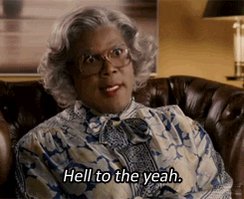Suyashi Smridhi
9:31
9:33
9:34
9:36
9:37
9:38
9:43
9:44
9:47
9:50
9:50
9:52
9:54
9:56
9:56
9:58
9:59
9:59
10:01
10:01
10:03
10:05
10:05
10:07
10:08
10:11
10:12
10:12
10:13
10:16
10:17
10:19
10:19
10:21
10:23
10:23
10:24
10:25
10:27
10:29
Connecting…












